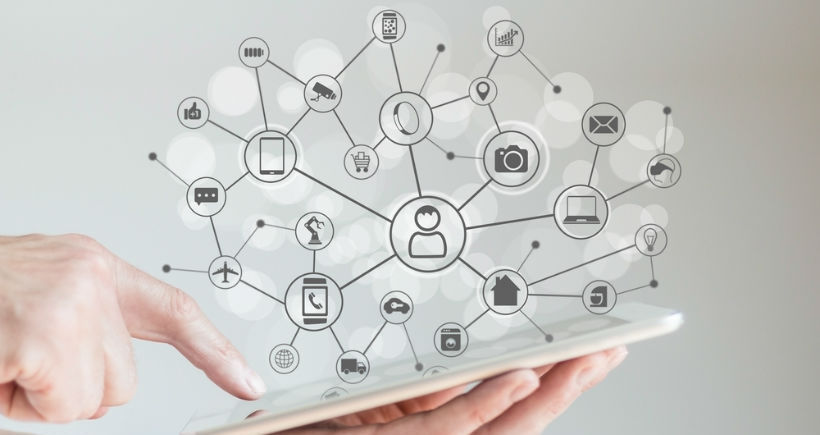Improving Customer Service Through Active Learning Networks
Let us see what exactly is the active learning networks model in eLearning, and how it can help organizations ensure strong customer service and client satisfaction.
In today’s world, many people have started to view themselves as lifelong learners, whether this is for their personal well-being or for professional advancement. Although more and more employees are actively involved in continuous learning within the corporate environment, there is a gap in the enterprise field between the needs of these self-driven, knowledge-thirsty individuals, and what this corporate environment usually offers in terms of learning. Depending on the size, culture, and investment of the organization, the gap can be small or… well, quite large.
The result of this gap is just too loud to ignore. According to several industry reports, those enterprises that do exceptionally well in providing learning should notice improvements, both in operations and in bottom-line results. Those who fail to achieve their learning objectives are usually left behind.
Although a huge amount of knowledge is already available (and growing), it might still not be accessible to those who need it. Nor be it available when they need it. Extremely useful experience tips and hands-on knowledge (informal knowledge) can remain “locked” in people’s minds; while knowledge silos (formal knowledge) are often unusable.
When it comes to client facing employees in particular, where everyday practice is directly related to crucial indicators (such as customer satisfaction, client service, brand admiration, customer loyalty, and other critical metrics), a major part of knowledge is informal and won’t be found in manuals.
Hopefully technology gives us the helping hand to overcome these obstacles - not only at the very obvious levels (top-down, one-way distribution of information, smart cataloging and search), but at the level of collaboration and sharing of knowledge too.
However, it is important to select the right set of tools, mechanisms, and supporting teams, so that two important factors are satisfied:
- Already existing well documented and structured content will be offered in the most effective way (e.g. following microlearning rules).
- The sharing of best practices, new ideas, previous experiences, customer stories and insights will not only be facilitated, but promoted as well.
This modernization of corporate learning strategies through investing in eLearning technologies should, firstly, provide the on-demand learning experience that the tech-savvy, self-driven learners ask for: One that enables learners to collaborate, interact, and solve problems together.
At the same time, not all employees will be experienced users of systems and applications. Not all of them will be on top of their mobile device, eager to explore new, exciting things. A big organization’s workforce can be as diverse as any society, with people from any ethnic background, any race, any religion, any age group, and any abilities. Therefore, the eLearning platforms should be advanced enough to intrigue the tech-savvy, but inclusive of users that need to absorb knowledge at their own pace and time.
Still, this is just the enabler. Most importantly, the selected eLearning technology should provide motivation for continuous and useful usage, so that employees remain active, interested, and engaged in the learning process.
Active Learning Networks And Customer Service
In the case of customer facing teams, it’s usually middle and team managers that have the important role of guiding and inspiring a good number of employees, who come face-to-face with your customers in hundreds of daily interactions. The eLearning system in place should, first and foremost, empower those team managers, the supervisors. It is this crucial team that will implement the organization’s formal guidance and blend it with the experience, any best practices and new ideas that come from their peers and from their trainees. This middle-management team has to be kept motivated with engaging solutions, so that they are able to contribute, share, evaluate, and participate actively in the learning process; and, as a result, promote similar behavior downwards. It’s a crucial step that will help them get real, honest and accurate feedback from the trainees regarding the on-the-job implementation of the training - if not new ideas as well!
This is the active learning networks model in eLearning. There are real-life case studies where learning initiatives have been designed to bring business results. Enhanced with mobility features, like access anywhere / anytime / on any device, and promoting on-time and to-the-point knowledge, these networks demonstrate that this is indeed an effective way to move ahead – and a big step forward.








